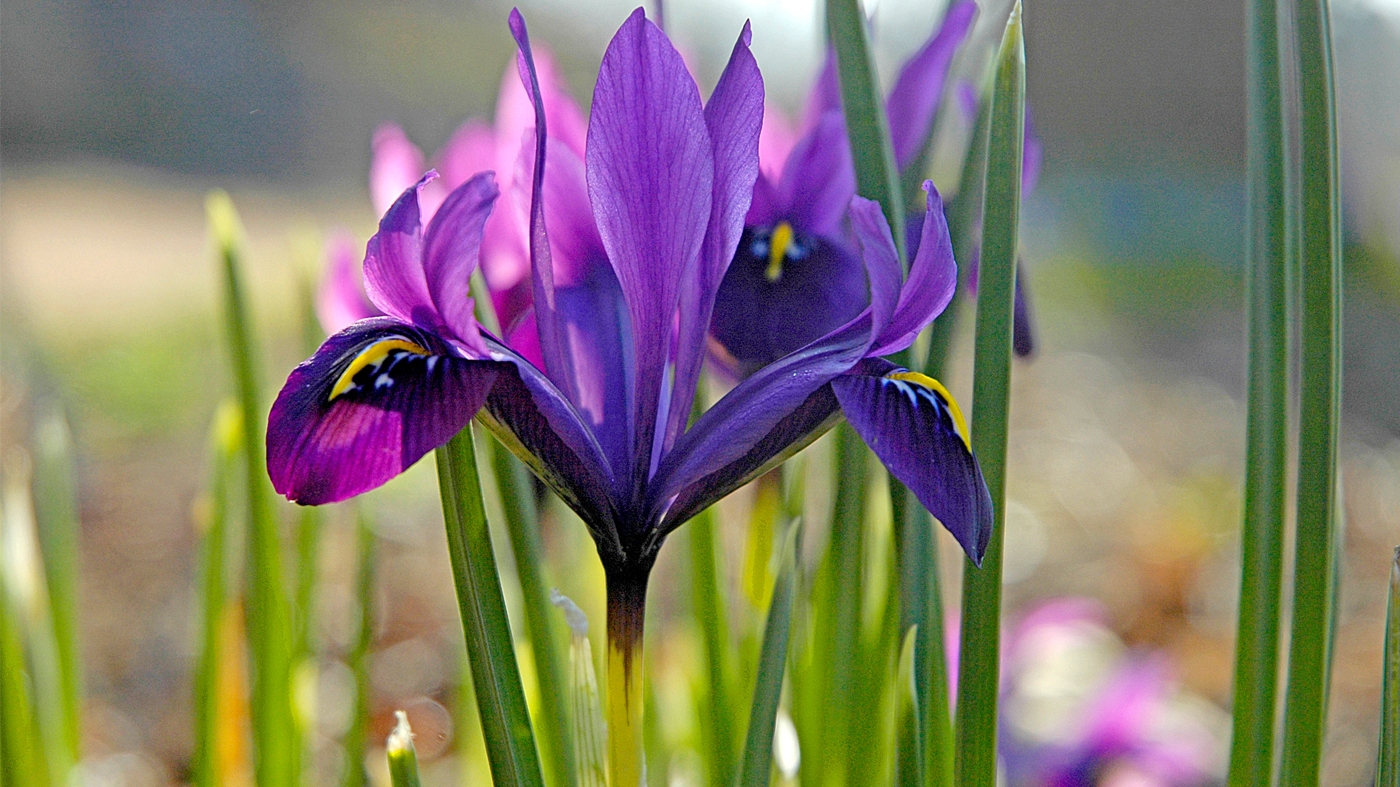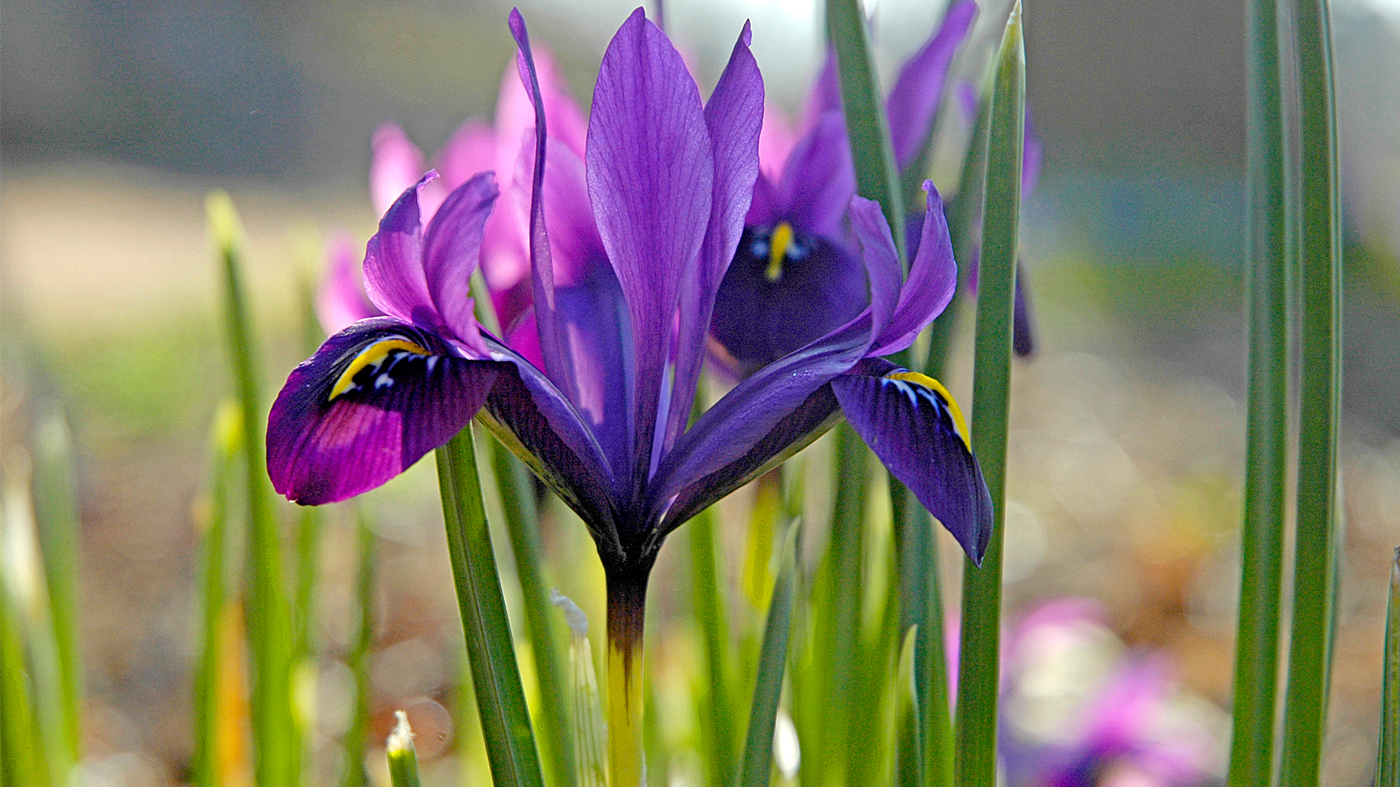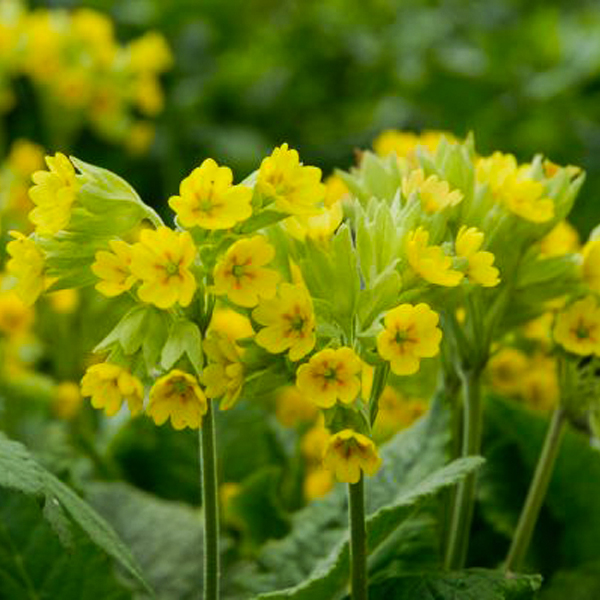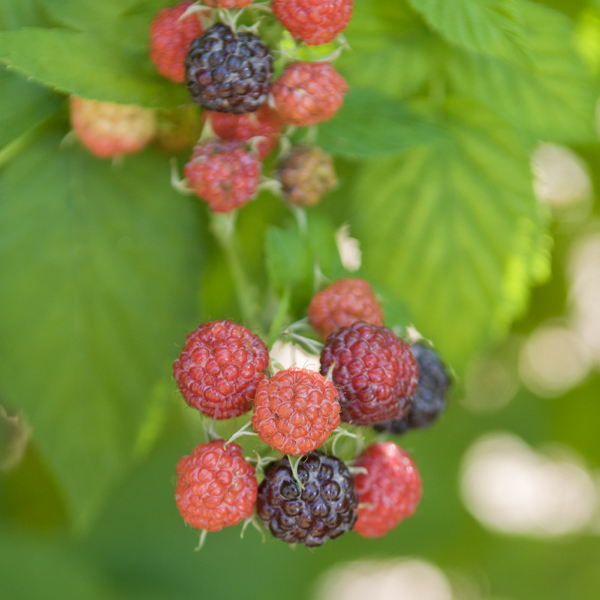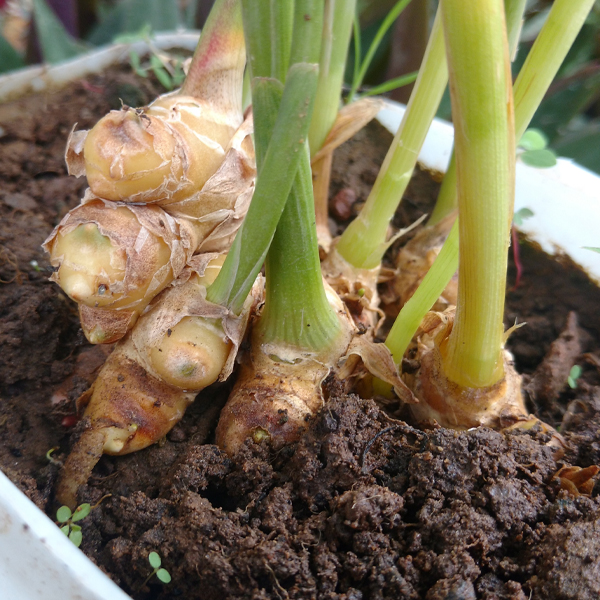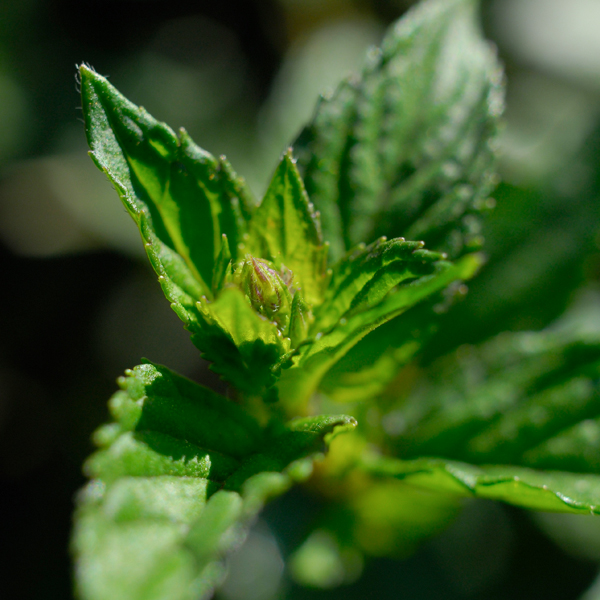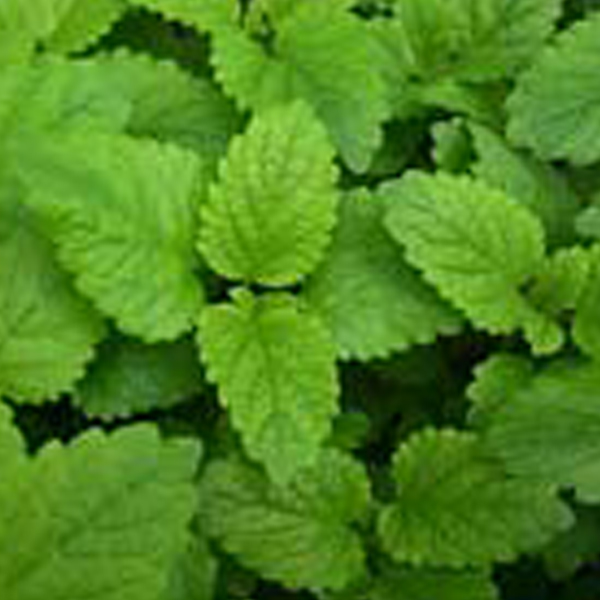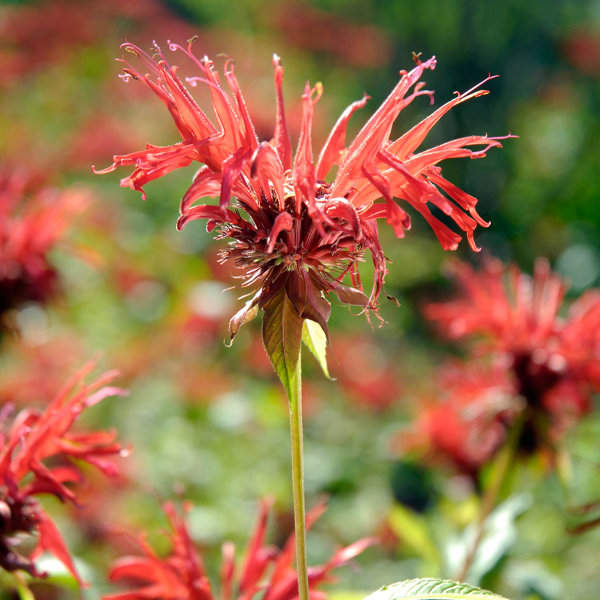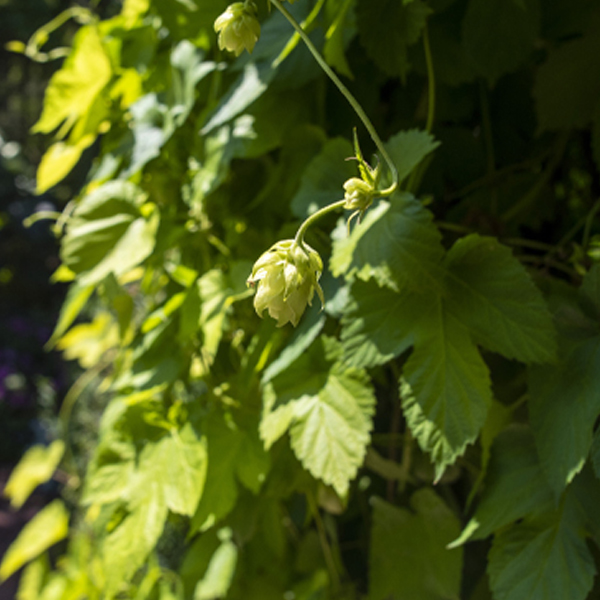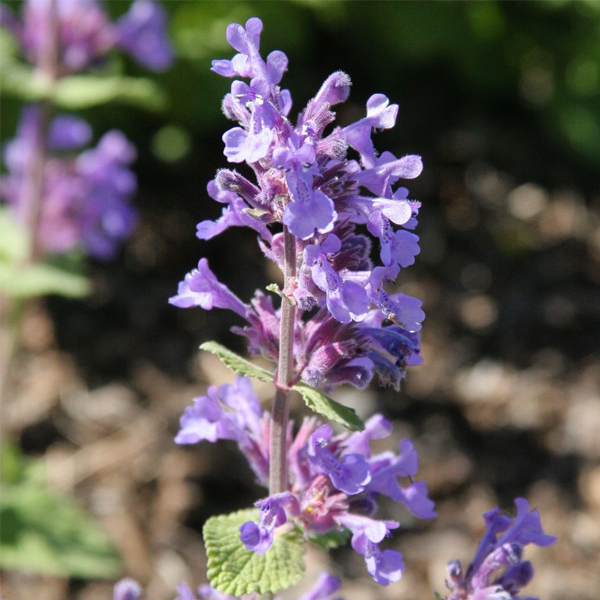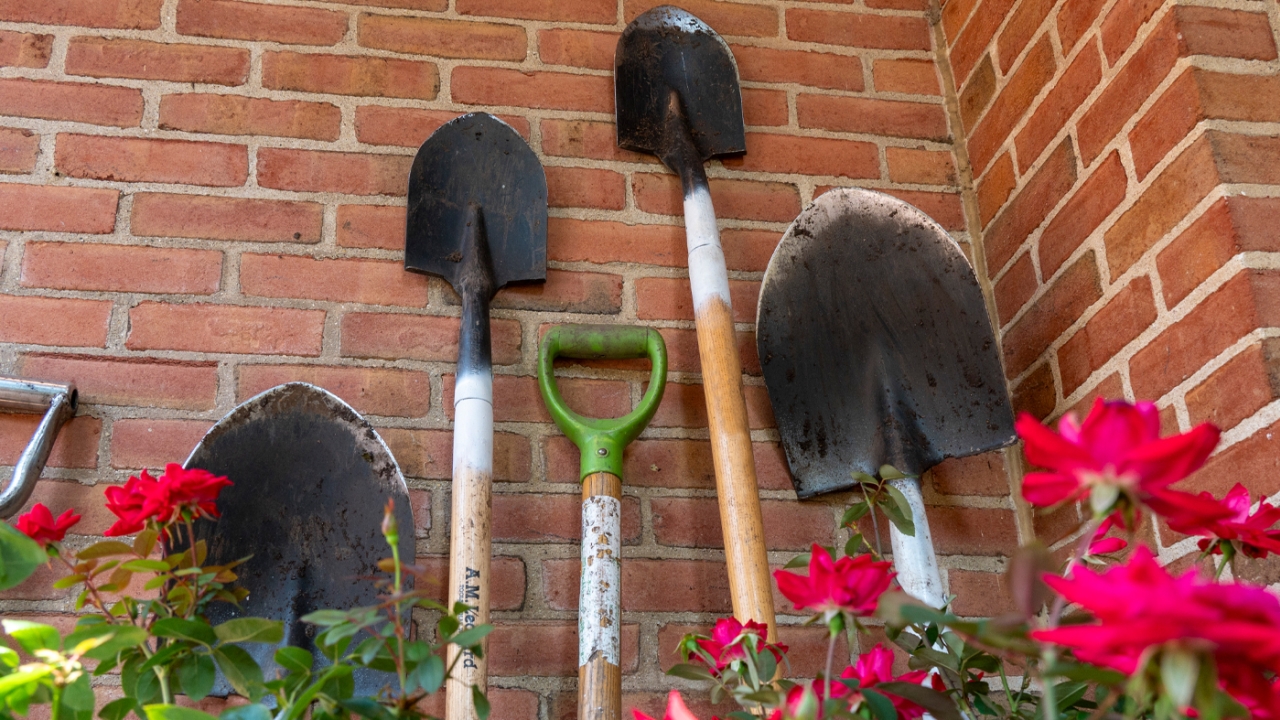

Tips & Techniques
Using Herbs for Tea
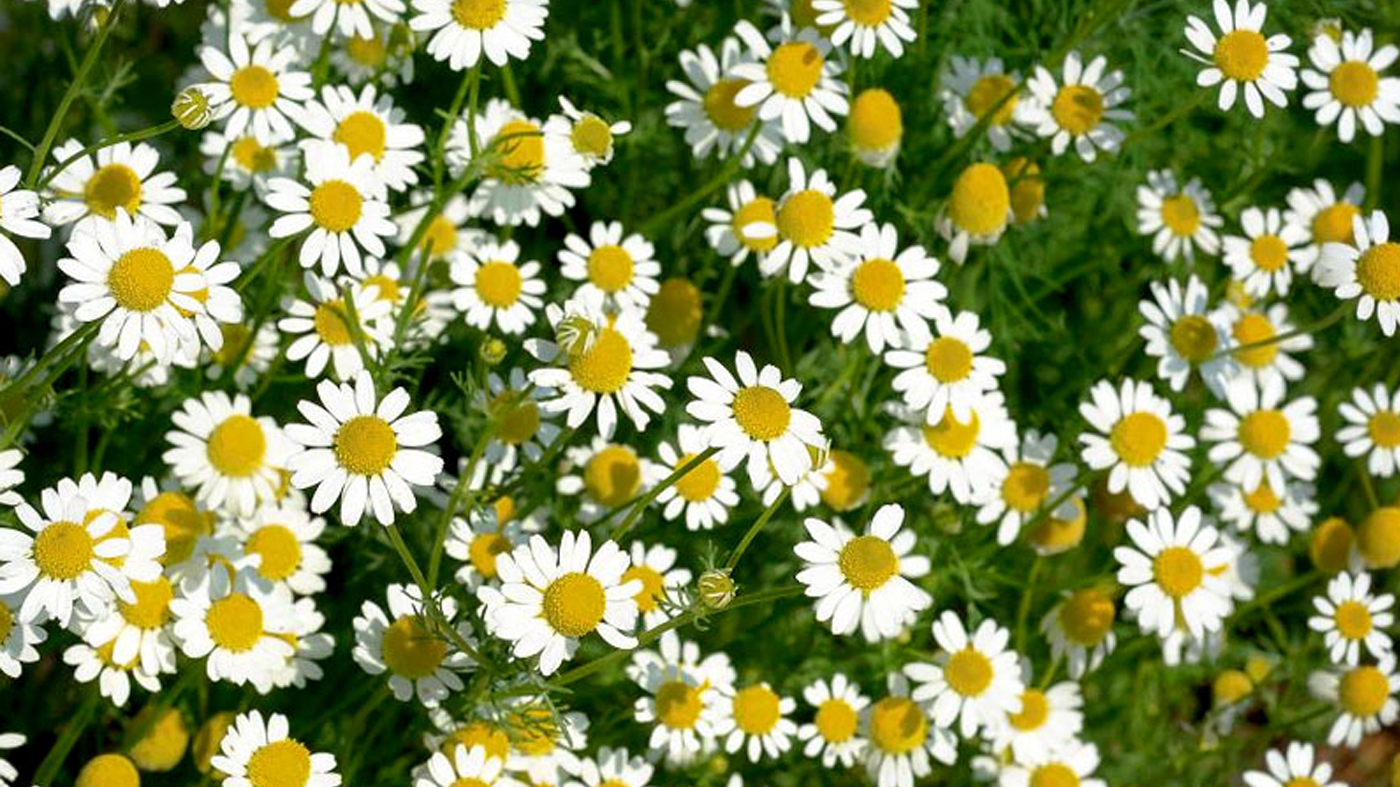
Herbs are grown for many reasons — medicine, cooking, aromatherapy, garden beauty, or tea making. Teas made from the following plants can be drunk for medicinal purposes or just for their good taste.
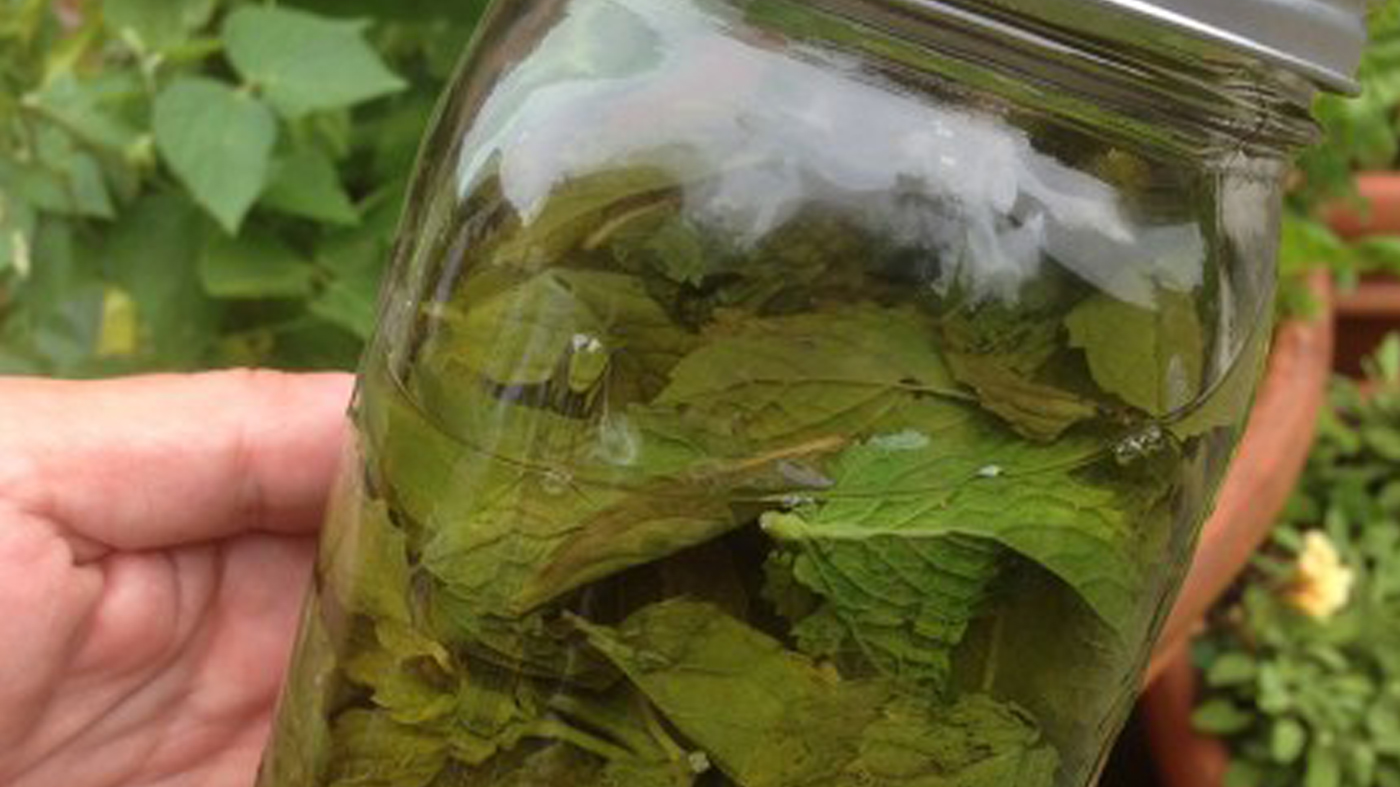
Tea Preparation
Use the purest water possible. Hard water or water with a high lime content can prevent plants from fully releasing their active ingredients.
Hot tea
Helps break up coughs and colds.
Boil water, wait 30 seconds, then sprinkle the herbs onto the water to steep, or use an infuser.
When measuring herbs, 1 tablespoon of fresh herbs equals 1 teaspoon of dry herbs.
Stir occasionally for 10 minutes or leave overnight.
Strain into a cup and drink lukewarm or cool.
Use either fresh or dried herbs, depending on your taste.
For the purest tea, avoid spraying all herbs or plant foliage with chemicals during the growing season.
This is just a sampling of what's available in the wonderful world of herbal teas. You can see dozens of herbs growing at the Chicago Botanic Garden, and you can learn more about growing and using them at the Garden's library. Experiment and enjoy!
